Graham Thorne – Mineral Exploration Technician

Over this past summer I had the good fortune of working for a mineral exploration company in northern Canada. The company is called Appia Rare Earths & Uranium Corp. The focus of our camp in northern Saskatchewan was looking for thorium-rich monazite that contains rare earth elements. Rare earths are used to produce many green technologies like EV batteries, solar panels, windmills, and electronic screens. I was hired as a “contract geologist”, as all other geos in our company (aside from the project manager) are titled. My status within the camp, however, was listed as “geotechnician”. Employment in mineral exploration is generally contract/seasonal work, often with a fly-in-fly-out schedule. (Eg.: four weeks on/two weeks off.)
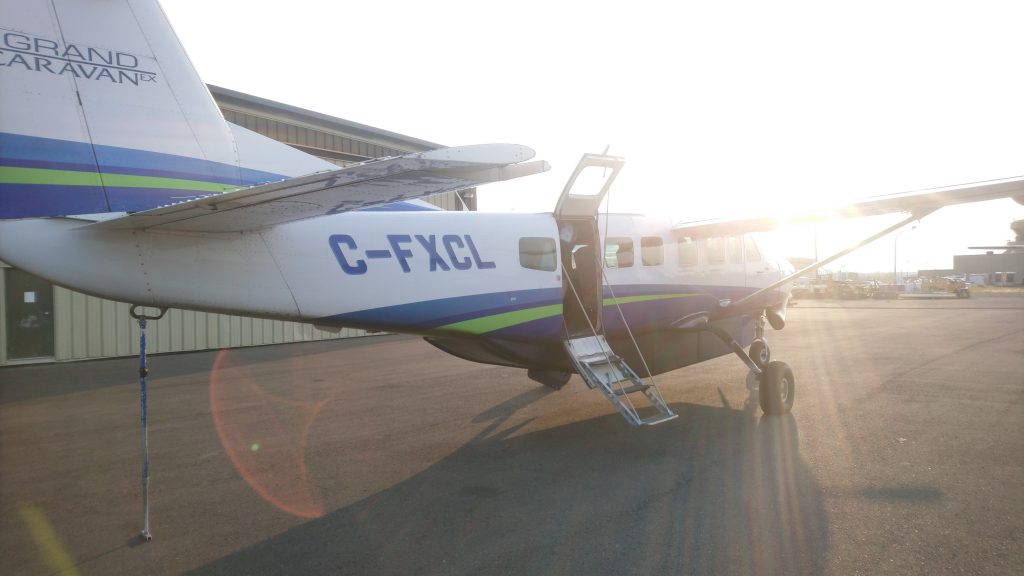
I found this opportunity by networking on the Reddit forum r/geologycareers. Almost a year before I started Fleming College, I made a post on this forum asking about career prospects in geology. One very kind and patient geologist took the time to write a detailed reply, laying out career paths and current job prospects. That advice helped convince me to apply for college. A year later when it became time to look for a co-op position, I reached out to that person again. Though they did not have a position available at their company, they did forward me a few contacts in their province. I applied to those jobs and, luckily enough, was contacted by my current boss. I was well prepared for the interview and landed the final spot on the roster.
Because Appia is a smaller company, I was able to do nearly all the geologist’s jobs. My main task was “core cutter”. This is generally the entry level position for geos and the work is often done by labourers in mining camps. For some time however, there was no drilled core available to cut. So, for the first several weeks, I spent much of my time doing field work. This ranged from aligning collar shots with compasses and flagging tape; slashing trees with machetes to clear helicopter pads and paths for firehose through dense forest; laying out firehose over multi-kilometer paths and hooking it up to pumps to at water sources; washing outcrop with fire hoses while also pulling dirt, trees and boulders out of the ground with bare hands and rakes; mapping outcrop areas using DGPS units; and exploring the bush for radioactive outcrops using a scintillometer; all the while taking strike/dip measurements, grab samples and more. All these activities required transport to and from camp and the field using a helicopter. Of course, before working with the helicopter and pilot, there was mandatory safety briefings given to all staff; and these were repeated every time a new pilot or machine switched out.
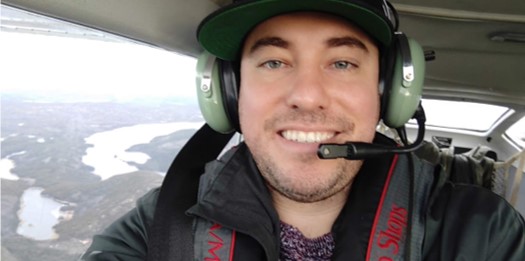

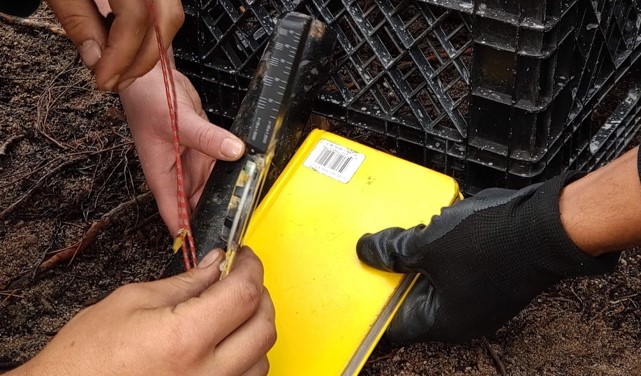
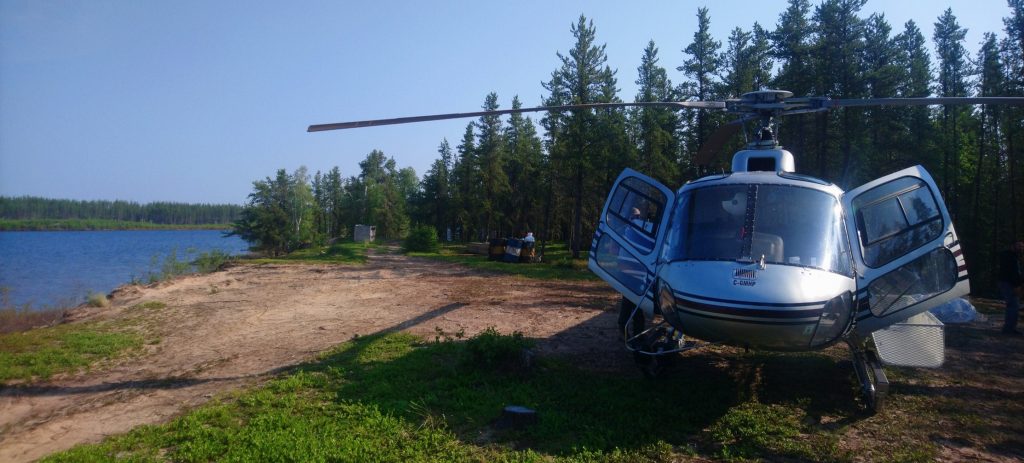
Once our drillers had started sending drilled core to camp, we switched gears and started spending most of our time logging in the core shack. This involved taking geotech data (RQD, box meterage, lithology type, foliation/fold angle measurements, etc.) as well as information about mineralogy, veins/intrusions, radioactivity CPS, magnetic susceptibility readings, and even specific gravity tests.
Eventually, most of the geo team was flown into camp in August, at which point my main duty became core cutting. For this task, I operated a gas-powered cut saw. While logging, the geos would indicate where I should cut core samples, which would then be bagged, tagged, and sent away for assaying. After a couple of hours using this machine, you become familiar and comfortable with it. I spent many hours not only core cutting but also cleaning, fueling, and maintaining this machine. Because of radioactive dust particles in the air of the cut-shack, and from the splatter caused by the wet-saw, I was required to wear full PPE- respirator, goggles, earmuffs, and painters’ suit.
When receiving core boxes from the helicopter for the core logging, and while moving the core around from the core shack to the cut shack and finally the core racks, there was a lot of heavy lifting involved. Gloves and steel-toed boots are mandatory during this work (as during most other work also) to avoid splinters and hand and foot injuries. Helmets were also worn while entering or exiting the helicopter, and while “slinging” loads with the helicopter.
I couldn’t possible name one favourite part of the job. The entire duration was phenomenal. If I had to list some highlights though….
- The Scenery: Whether it was the picturesque sunsets every evening at our sandy beach, or the gorgeous rolling hills and lakes seen from the helicopter, or the magical Aurora Borealis dancing above our heads at night, experiencing the wonders of remote Northern Canada was a bucket list of new experiences.
- The Food: Three square chef-cooked meals plus unlimited snacks. Sounds like a resort, no?
- The Wildlife: Eagles, bears, moose, deer, fish, jays, rabbits, etc.
- The Gear: Getting the chance to use many new tools, machines and equipment was a great learning experience. From the scintillometer to the mag sus, ATVs to helicopters, gamma probes to DeviShot alignments, rock hammers to chainsaws; I got to learn dozens of new tools and tasks. I even got to try some LeapFrog and QGIS borehole/geological modelling.
- Finally, The People I met were amazing! The camp consisted of such a diverse group of people from all walks of life; from all parts of Canada, and beyond. It was especially enriching meeting so many indigenous peoples from across Northern Sask/Alta/BC as well as NWT and Nunavut. I was able to visit remote villages and towns and learn about their cultures- hunting, fishing, food, stories, song, and dance. It was incredible. I made many new friends and look forward to visiting them in future as I have been invited back for hunting expeditions and more.
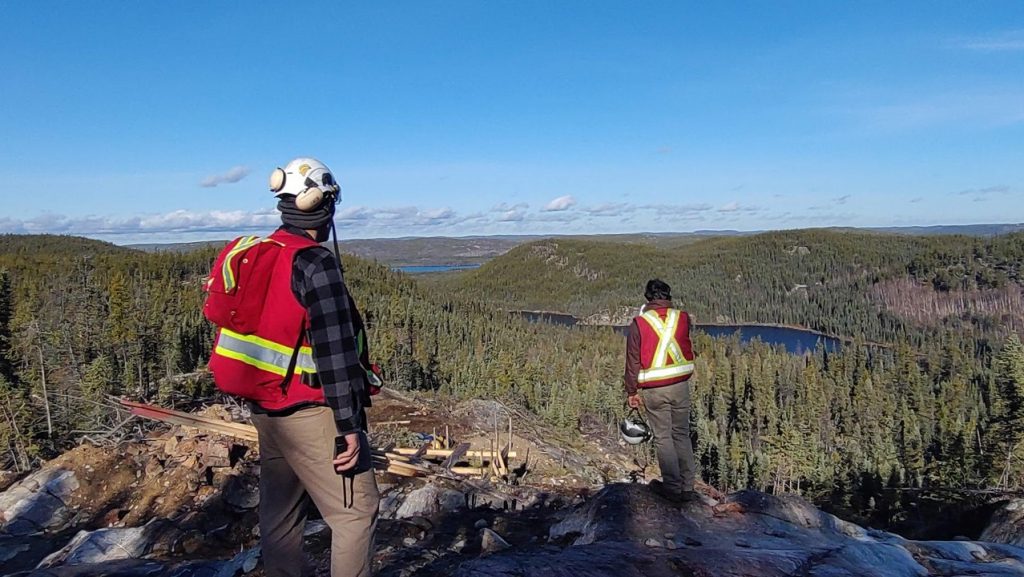
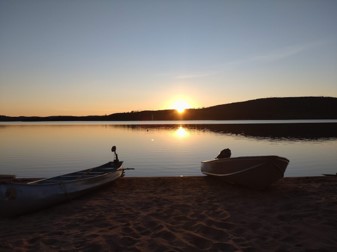
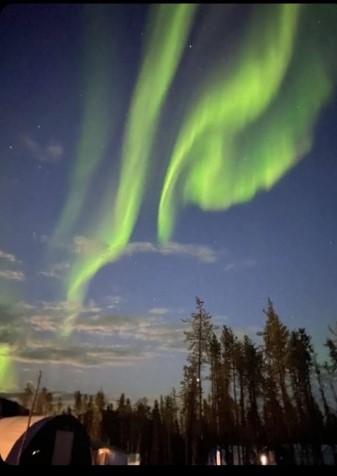
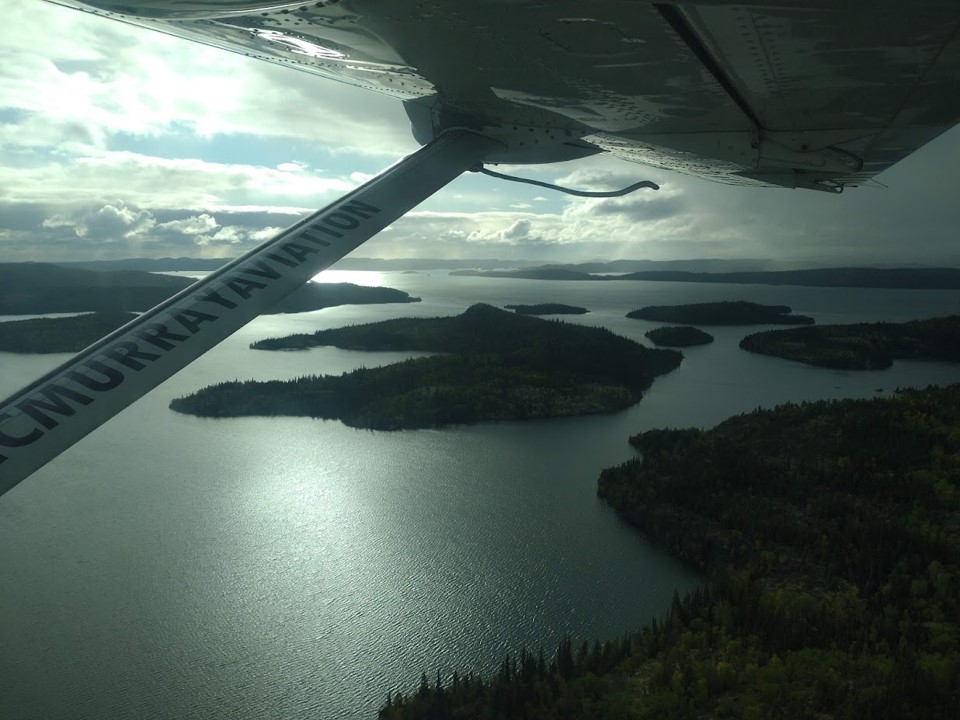
None of this would have been possible without all the knowledge I gained from first year courses. With this education and a positive attitude and good work ethic, I was well prepared to enter the exploration field. I hope to return to the same camp next season after graduation. To make myself a more experienced and improved geo, on top of my courses, this year I plan on spending more time learning geology software and studying geochemistry and advanced structure.
